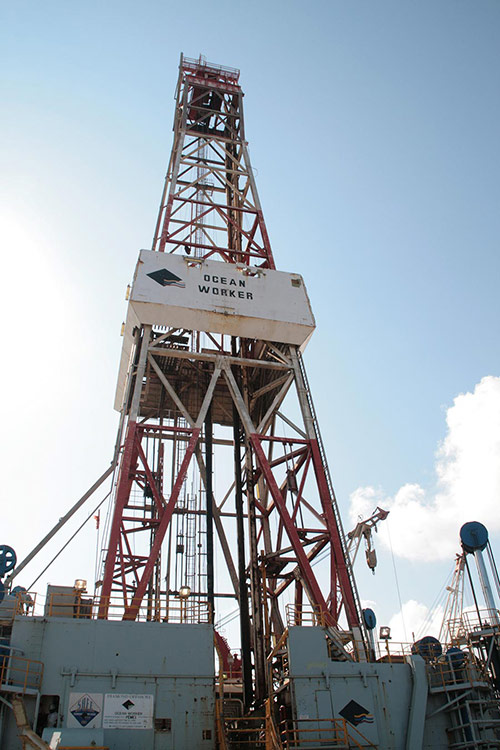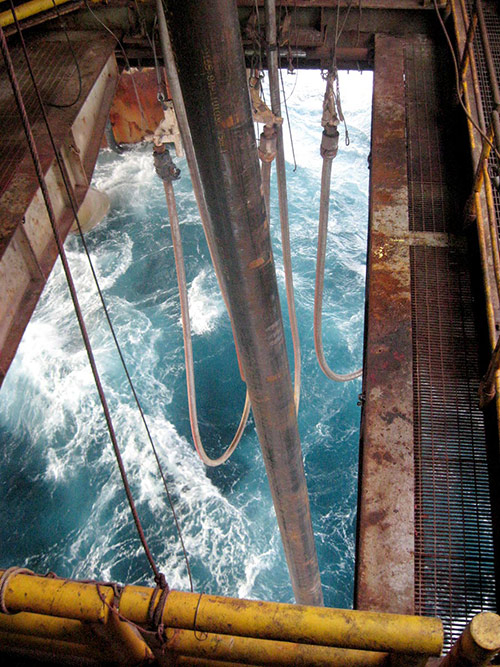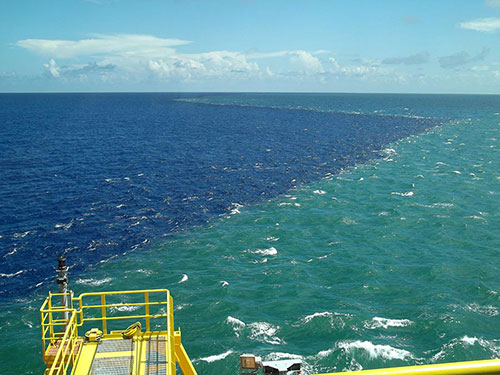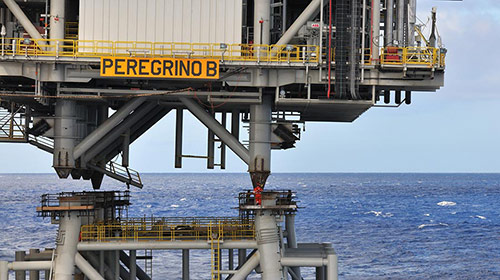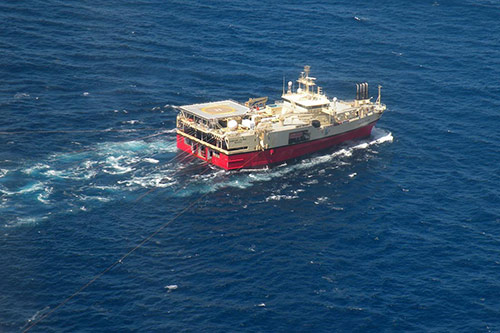The EddyWatch® program is a unique monitoring and forecasting service for offshore operators in the Gulf of Mexico, and in the offshore waters from Trinidad to Brazil. Each regional service concentrates on the location and migration of strong ocean currents that are characteristic of major oceanographic features such as the Loop Current, North Brazil Current, and their associated eddies or rings, particularly in deepwater lease blocks. The regional services provide the most accurate and extensive real-time information available regarding velocities and extent of currents impacting offshore operations. Such information is vital to daily planning, safety, facility design, and efficiency to reduce costly nonproductive time.
EddyWatch data are compiled from a variety of sources to provide real-time monitoring of significant oceanographic events. The primary source of information for EddyWatch is our own extensive array of satellite-tracked drifting buoys. Drogued to drift with the upper ocean currents, they are deployed in locations where they best serve the needs of our subscribers. Analysis of drifter tracks for current speed and direction assists in mapping major ocean phenomena such as the Loop Current, the North Brazil Current, and warm and cold core eddies or rings. Drifters in these features provide valuable information on the configuration, orientation of axes, rotation, migration, speed and direction, and current velocities associated with these features.
Reports are comprised of the following:
Reports are emailed to subscriber distribution lists and posted to Horizon’s online MetOcean Mapper, which can be accessed with an assigned username and password. Subscribers are also advised by email or telephone when an elevation in currents will threaten their sites.
Woods Hole Group's MetOcean Mapper provides interactive online access to numerous EddyWatch data streams including Far Horizon Drifters (FHDs), AVHRR imagery, FAST Eddy data (when available), EddyNet data, and the Eddy Forecast Model. The Mapper, which runs within a web browser, and is accessible from any networked PC, provides easy real-time tracking of oceanographic features to provide clients with situation awareness.
Satellite imagery has been an integral monitoring component of EddyWatch since the inception of the Gulf of Mexico program in 1984. Infrared sensors aboard NOAA polar orbiting satellites detect variations in thermal radiation from both land and ocean masses during periods of clear weather. These are viewed as either black and white or color-enhanced images. Analysis of satellite-derived sea surface temperature (SST) images aids in frontal detection. Horizon makes extensive use of SST imagery derived from data collected by the Geostationary Operational Environmental Satellite (GOES) and we also examine other remotely sensed imagery including AVHRR and MODIS.
